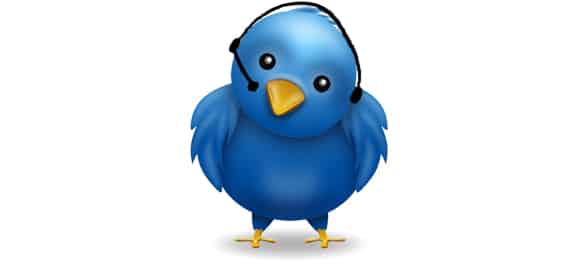Some recent changes have made it possible to really improve customer service on Twitter.
Customer service has long been an area where Twitter has proven to be a valuable asset. The ability to communicate directly with clients (or prospects) in real time has made it possible to satisfy even more customers on a very public stage. That said, at 140 characters, there have been some limitations to what can be voiced.
That has all changed.

Twitter recently announced the lifting of those limits to allow users to communicate via direct message the same way they would via text: without any limits to how long a message might be.
Why are they doing this?
It is no secret that Twitter has been looking for ways to improve its business performance. Everyone loves using Twitter; the network is simple, it has proven to be extremely effective for brands and it can be quite versatile.
But that has not translated into huge sales or skyrocketing stock prices. The result has been a number of efforts to change, including the recent resignation of CEO Dick Costolo, and now, some changes to the platform itself.
80% of Twitter users are active on mobile, and finding a way to increase the native value of the social network (particularly on mobile) is crucial. The difference between Twitter and, say, WhatsApp? Character limits. People love (and sometimes hate) that about Twitter. Your feed is easily digestible, but when you want to go into more detail, it can become tedious. You need to use the direct messaging capability to exchange phone numbers or emails, then communicate off-network.
Twitter is now trying to change that by lifting those character limits in direct messages.
How does this impact brands?
For brands, this change means a lot more time can be spent dealing with customer service issues on the network itself, without asking customers to take a conversation off-network or offline.
In a lot of cases, customers simply want to have their issues heard. People (for the most part) are realists. They know that an issue might not be resolved (perfectly or immediately) but they still want a place to vent and an acknowledgment that they are being listened to by the brand. By opening up the direct messaging in this way, Twitter is providing a space for exactly that.
Now, customer service conversations that do not involve personal or financial information can take place entirely on the network. This allows brands an opportunity to communicate more thoroughly, as opposed to simply using Twitter as a starting point.
This also presents a new opportunity for Twitter.
Where will Twitter go with this?
It wouldn’t be surprising to see Twitter make a move into a pseudo-SaaS space with a customer service platform separate from its existing direct messaging space. This would have to be carefully calculated by Twitter, as this is a fairly crowded space with some big players (think Desk, Zendesk, Zoho, Capterra, etc.). But Twitter has one thing going for it that others do not – it’s Twitter.
By creating a customer service portal that businesses can subscribe to, brands can begin to offer in-network service that essentially makes the process of communicating with brands seamless. This is similar to what Facebook is trying to do with Messenger, and it will be an interesting experiment (from which Twitter might be able to build).
Conclusion
There is, of course, the possibility that Twitter is simply trying to make the communication between parties a little easier (when they move into a more private setting) in an effort to compete with the plethora of messaging apps that currently dominate the market (mostly owned by Facebook).
What comes of this is anybody’s guess, but in the meantime, it makes servicing customers a little bit easier for brands.






